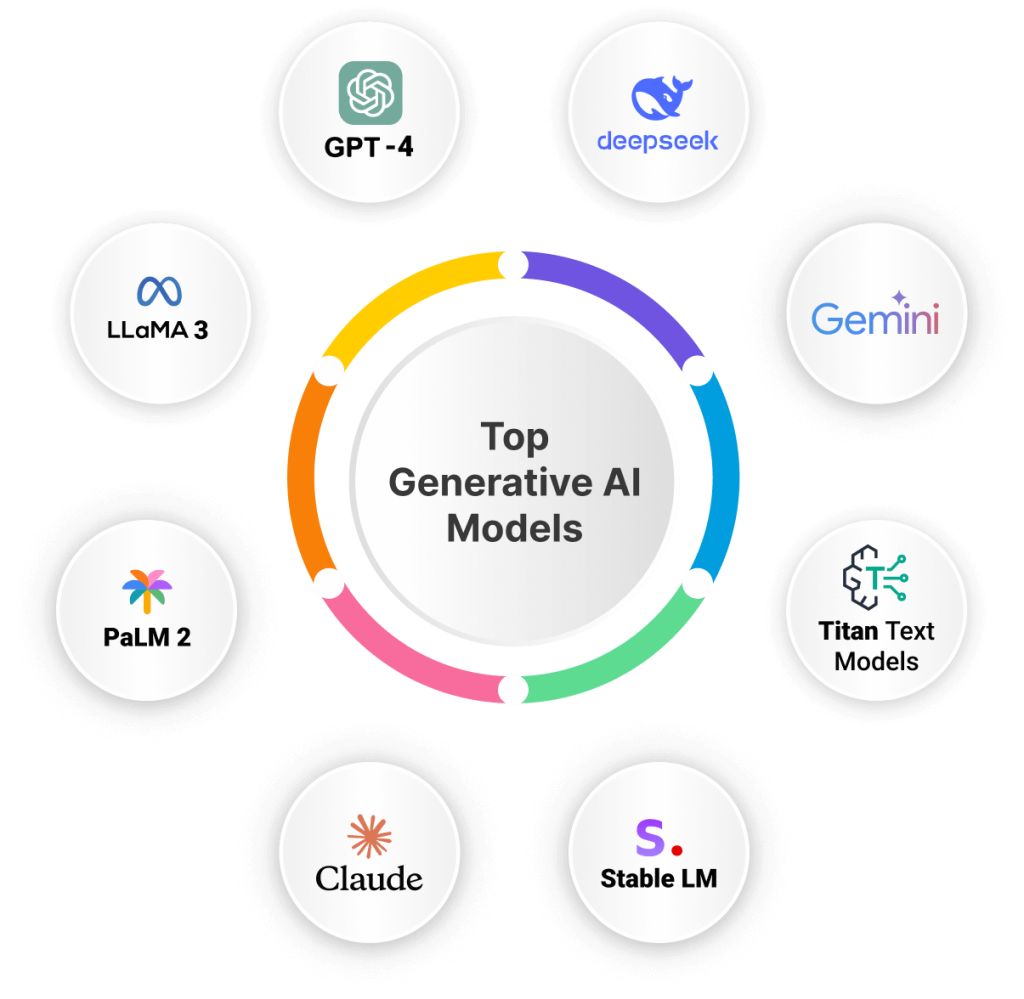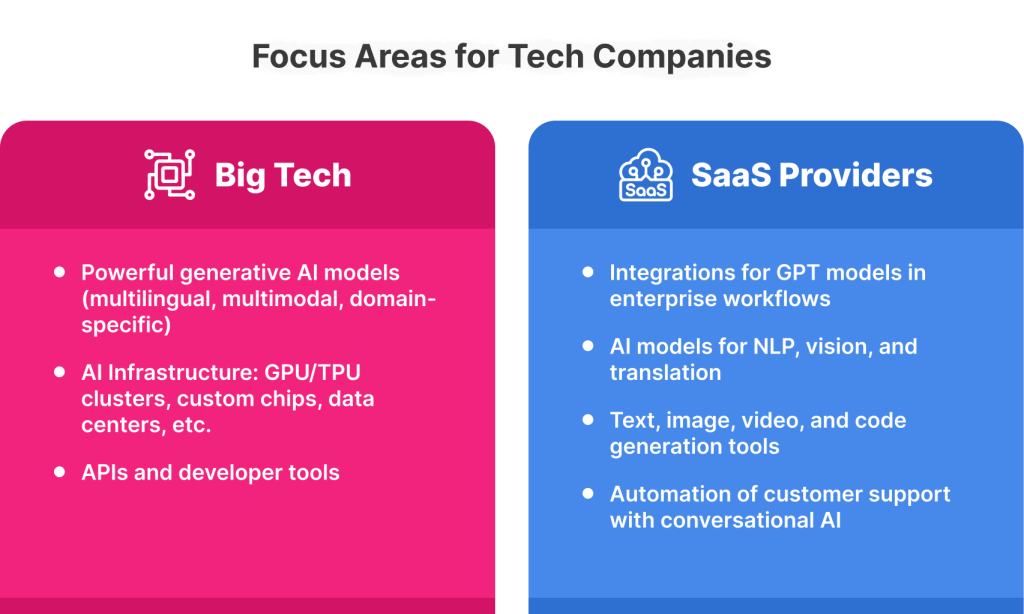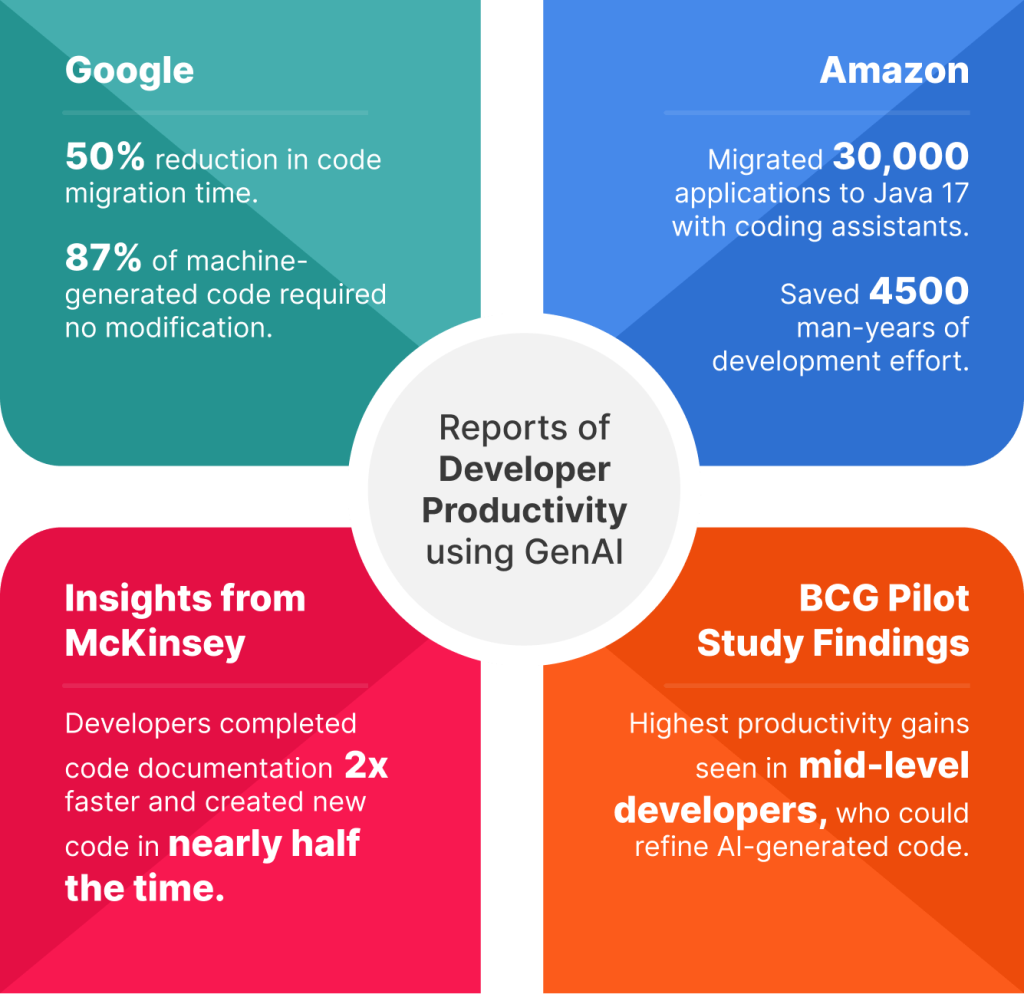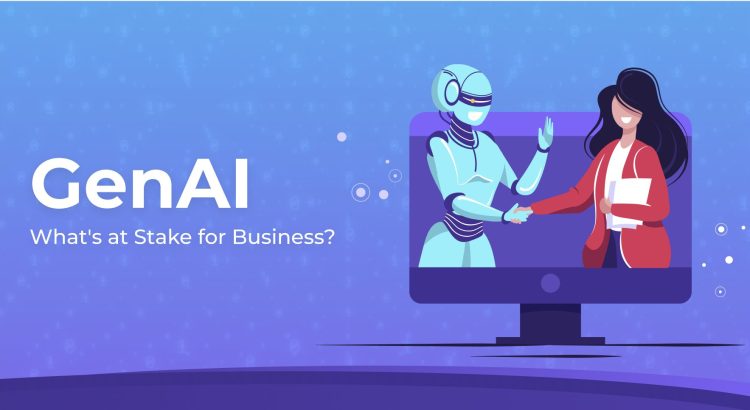The business world has been in a frenzy since generative AI exploded on the scene in November 2022. As with previous technological revolutions, starting with computers, the internet, way back to the steam engine a lifetime ago, the reaction has been one of anticipation and anxiety. What changes does the new technology require of businesses? Where should they invest? Will it change the nature of work? How should they brace for the future? This article attempts to answer some of these questions.
The excitement surrounding generative AI is as huge as its near-universal adoption. From students to e-learning companies, from social media influencers to big marketers, everyone online is caught up in the excitement of spinning content at a speed and scale unmatched before. Interestingly, 65% of GenAI users are millennials and 72% are employed, which suggests that not only has GenAI taken root in an important demographic but is likely to set the bar higher for organizations that rely on them as a workforce or target them as a key consumer segment. For this and other important reasons, organizations cannot afford to be lax about the incoming technology wave.
What’s at Stake for Business?
Big Tech...So Big Stakes
While the potential of generative AI was first showcased by new players like OpenAI and Anthropic, tech giants are fast closing in on the gap. Amazon, Alphabet, Meta, and Microsoft are pouring billions into their own generative models, microchips, AI start-ups, tools, and APIs in a race to one-up the other. Their outsized investments are indicative of the major technology shifts underway. Generative AI is already integrated into their core products like search engines and operating systems. An ecosystem of service providers and system integrators is also evolving alongside to cater to an emerging demand from enterprises.
Ironically, all established notions were upended just a few days ago when a little-known Chinese start-up DeepSeek unveiled its powerful large language model developed at a fraction of the cost. The implications of this are profound. Efficient models are on the way and the barriers to entry are lower than ever. The game is changing fast.

Independent Software Vendors (ISVs) and Software-as-a-Service (SaaS) providers have also seized the opportunity to roll out GenAI features. Firefly, Adobe's generative AI web app, Einstein GPT, Salesforce’s AI-powered CRM assistant, and Oracle Cloud Infrastructure (OCI) Generative AI, a fully managed LLM integration service are, what we can safely assume, the harbingers of the change that will soon transform the sector.

With artificial general intelligence (AGI) on the horizon, global battle lines are also being drawn around the technology. Apart from competing for access to resources, nation-states are investing in capability development for economic and security reasons. These investments and competition will further accelerate the shift.
New Era of Intelligent Automation
Software is eating the world, but AI is going to eat software. – Jensen Huang
With GenAI, automation has entered the higher realms of cognitive work. Take the case of general-purpose language translation. While machine translations have existed for a while, LLM agents can do a better job of it by way of more natural-sounding translations because they understand not just the words but also the context and nuance. Customer support is another case in point. AI agents trained on internal data can efficiently address common inquiries and provide basic troubleshooting without involving a human agent in the process.
Agentic AI is a term that is coming into its own owing to its potential for disruption. It refers to autonomous systems that can handle complex, multistep processes by learning from user behavior, real-time data, as well as a corpus of domain-related knowledge. Microsoft 365 Copilot and Amazon Q exemplify broader applications of generative and agentic AI. Voice agents like Ada, robo-advisors like Betterment, and travel assistant bots like Kayak showcase agentic AI in certain well-defined domains.
So which jobs are susceptible to automation? In its "Generative AI and Future of Work" report, Deloitte has delineated a few categories of jobs that might be fully or partially automated. Jobs that require research, creativity, analytical thinking, problem-solving, and strategic planning are among those that will be complemented by machines. Tasks at the lower end of skill level and creativity in fields like graphic design, content creation, language translation, data sorting, etc., may get automated completely.
Jobs that require research, creativity, analytical thinking, problem-solving, and strategic planning are among those that will be complemented by machines.
Productivity Boom
Whether technology has a positive impact on productivity is a point of academic debate. Skeptics have had to reverse their opinions on the productivity of internet technology a decade or so after it came to pass. Similarly, the productivity gains from GenAI technology might be accurately quantified only over time.
For now, we have plenty of other evidence. For example, Google reported a 50% reduction in code migration time using GenAI. Notably, 87% of the machine-generated code could be used as is. Amazon saved 4500 man-years of development effort while migrating some 30,000 applications to Java 17 with Amazon Q Developer, its coding assistant. A McKinsey study found that developers completed code documentation twice as fast and created new code in nearly half the time by using GenAI tools. A pilot study conducted by BCG observed the highest productivity gains among mid-level developers who had the expertise to refine AI-generated code.

Another point of debate is whether GenAI can displace human workers and increase capital productivity. From anecdotal evidence and studies discussed above, there are tangible benefits to using GenAI tools like content generators and coding assistants. But as industry experts have pointed out, tools are only as good as the people using them. In other words, they can be considered productivity enhancers only when they can do a significant portion of an expert worker’s tasks.
The bottom line is that GenAI is not perfect yet. It is prone to errors that humans may not make—errors that are unacceptable in critical areas of work. As a result, humans will act as reviewers if not primary creators. Enhancements to productivity will require reorganization of work and employee reskilling to adapt to the shift.
New Products and Services
GenAI could unlock a range of innovative products and services, just like other general-purpose technologies did in their time. Some of them are already here changing our lives for the better. Automated note-taking not only allows you to get on with your meeting agenda but also supports keyword searches in case you need to find some info later. GenAI-powered voice and image translation services are making traveling more enjoyable for millions of tourists.
GenAI could unlock a range of innovative products and services, just like other general-purpose technologies did in their time.
Prompt-based image generators are fueling another set of innovation. Instead of searching through vast libraries, users can generate the precise image they need by simply providing a detailed text description. Leading stock photo platforms like Shutterstock, Getty Images, and Freepik are transforming into image-creation ecosystems leveraging GenAI. Platforms like Adobe FireFly let you generate photo-quality images and even add AI-generated elements to existing images.
Personal stylists, HR assistants, job interview software, and grading tools are among the long list of GenAI products lining up to disrupt the scenario. The journey has only begun.
The Way Forward
Let’s face it—some expectations about GenAI will be met, some surpassed, and some may prove to be unrealistic. Waiting on the sidelines is not, however, an option. The technology is constantly improving and circumstances are conducive for it to flourish.
But adopting game-changing GenAI isn’t without its challenges either. The costs are real—investing in cutting-edge tools and building the necessary human capacity can strain resources. Beyond that, there are risks associated with copyright and privacy. Making AI-driven initiatives ethically and legally sound is a priority.
Given these realities, it’s best to start small—an advice that holds true for any new technology. You could begin by experimenting with general-purpose tools such as co-pilots and image generators that don’t require deep integration with your systems.
You could begin by experimenting with general-purpose tools such as co-pilots and image generators that don’t require deep integration with your systems.
You can then focus on building higher capabilities in areas like prompt engineering by upskilling employees and acquiring new talent.
As your confidence grows, you can:
- Integrate autonomous AI agents.
- Integrate tools with your existing workflows and systems.
- Train models or fine-tune existing models using your organization’s knowledge base.
Remember, GenAI is not infallible—it can make mistakes or generate output that lacks business context. As a result, employees will play a crucial role as reviewers, evaluating and refining the output. Over time, this iterative process will help fine-tune your GenAI models, improving their performance and alignment with business objectives.
Like many businesses, we’re also navigating this exciting new landscape. This series captures our insights and learnings. Stay tuned as we explore more in our future articles on generative AI.


